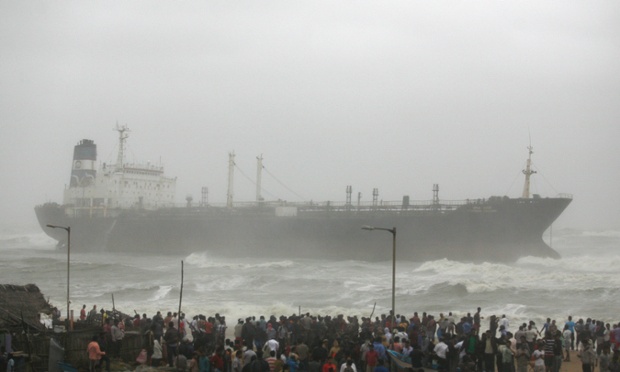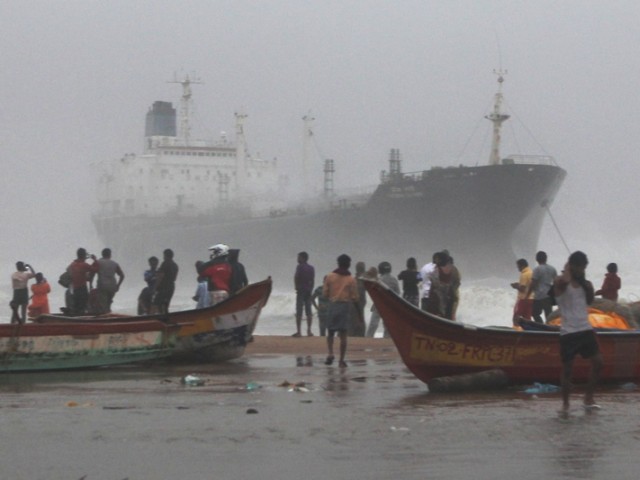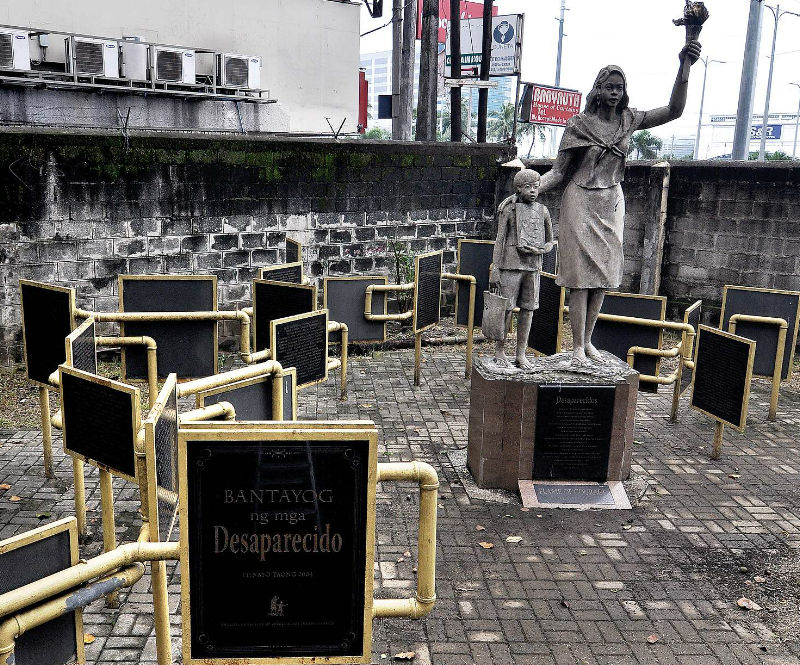The bodies of three of the five missing sailors of ship MT Pratibha Cauvery, which was grounded by cyclone Nilam, have been found.
One of the bodies was washed ashore near the Chennai harbour while the other was found near Adyar Estuary. Another body was found at sea this afternoon. All the bodies are yet to be identified.
Meanwhile, the two other sailors remain
The ship had run aground near the Besant Nagar beach in Chennai on Wednesday. The five sailors went missing after a lifeboat they were using to leave the ship capsized.
So far, three sailors have lost their lives in the tragedy.
Coast Guard helicopters had on Thursday rescued 15 trapped sailors from the ship. The initial rescue operations on the day of the cyclone were carried out by fishermen.
When the cyclone made its landfall, the ship's captain had sent out a distress call, but got no response. The Coast Guard and the Tamil Nadu government's Coastal Security Group were unable to launch rescue operations immediately; they said the gusty winds and bad weather didn't allow it.
A Coast Guard official said: "We do not monitor ships at ports, not even on a cyclone day. We rescue only when there is a call."
Chennai Port officials said the ship's captain had ignored instructions to leave for safe waters following the cyclone alert.
Friday 2 November 2012
http://www.ndtv.com/article/india/cyclone-nilam-bodies-of-three-missing-sailors-found-two-still-to-be-traced-287414
One of the bodies was washed ashore near the Chennai harbour while the other was found near Adyar Estuary. Another body was found at sea this afternoon. All the bodies are yet to be identified.
Meanwhile, the two other sailors remain
The ship had run aground near the Besant Nagar beach in Chennai on Wednesday. The five sailors went missing after a lifeboat they were using to leave the ship capsized.
So far, three sailors have lost their lives in the tragedy.
Coast Guard helicopters had on Thursday rescued 15 trapped sailors from the ship. The initial rescue operations on the day of the cyclone were carried out by fishermen.
When the cyclone made its landfall, the ship's captain had sent out a distress call, but got no response. The Coast Guard and the Tamil Nadu government's Coastal Security Group were unable to launch rescue operations immediately; they said the gusty winds and bad weather didn't allow it.
A Coast Guard official said: "We do not monitor ships at ports, not even on a cyclone day. We rescue only when there is a call."
Chennai Port officials said the ship's captain had ignored instructions to leave for safe waters following the cyclone alert.
Friday 2 November 2012
http://www.ndtv.com/article/india/cyclone-nilam-bodies-of-three-missing-sailors-found-two-still-to-be-traced-287414










